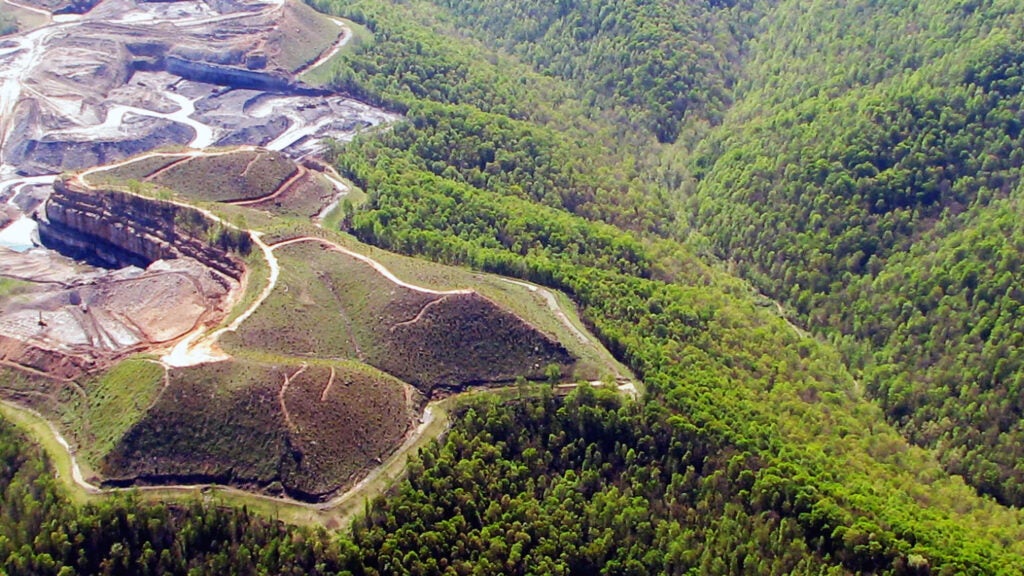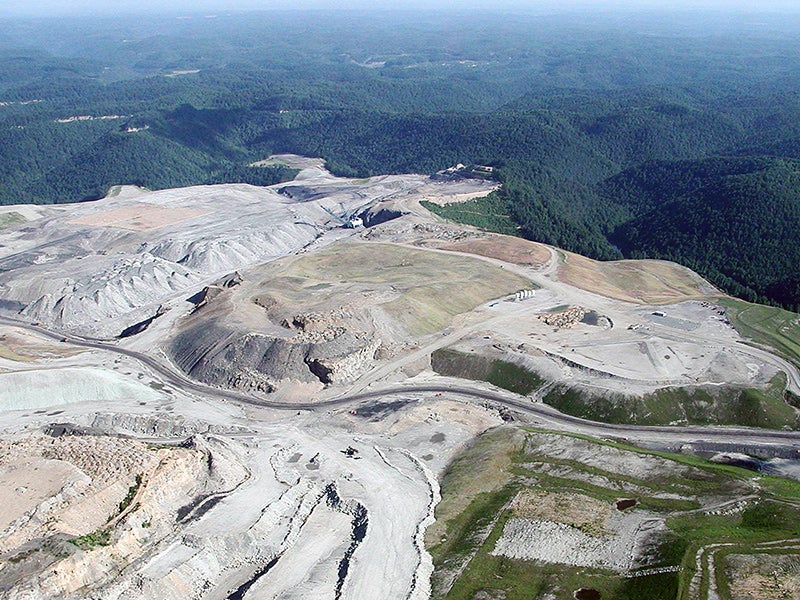Stream and Wetland Protection Rule
Before the Bush rule eliminated the “stream buffer zone,” this safeguard stood for decades in order to protect American waterways from the type of extreme destruction and obliteration that is now being caused by mountaintop removal mining.
Clients
Regional Office / Program
Case Overview
A federal court has struck down a controversial George W. Bush administration rule that opened up Appalachia’s streams and waterways to toxic dumping from destructive mountaintop removal mining operations.
Numerous national and Appalachian environmental and community groups challenged the midnight rule from 2008, which repealed a longstanding stream protection—a “buffer zone” of protection from mining activities and dumping around waterways.
The U.S. District Court for the District of Columbia struck down the Bush rule because it violated the Endangered Species Act. Southern Environmental Law Center attorneys Deborah Murray and Cathy Malina successfully argued that case on behalf of National Parks Conservation Association.
The court determined it was unnecessary to consider the many other claims against the rule, including the flaws alleged in Earthjustice’s case. Earthjustice, on behalf of Coal River Mountain Watch, Kentuckians for the Commonwealth, Kentucky Waterways Alliance, Ohio Valley Environmental Coalition, Statewide Organizing For Community Empowerment, Sierra Club, Southern Appalachian Mountain Stewards, Waterkeeper Alliance, and West Virginia Highlands Conservancy, and together with co-counsel at Appalachian Mountain Advocates, the Appalachian Citizens Law Center, and Sierra Club, brought one of the legal challenges to the 2008 Bush rule, arguing that the rule unlawfully weakened protection for vital water resources.
Before the Bush rule eliminated the “stream buffer zone,” this safeguard stood for decades in order to protect American waterways from the type of extreme destruction and obliteration that is now being caused by mountaintop removal mining. Mountaintop removal mining has buried an estimated 2,400 miles of Appalachian streams and polluted many more miles of waterways.

Case Updates
Case page created on November 9, 2005.


